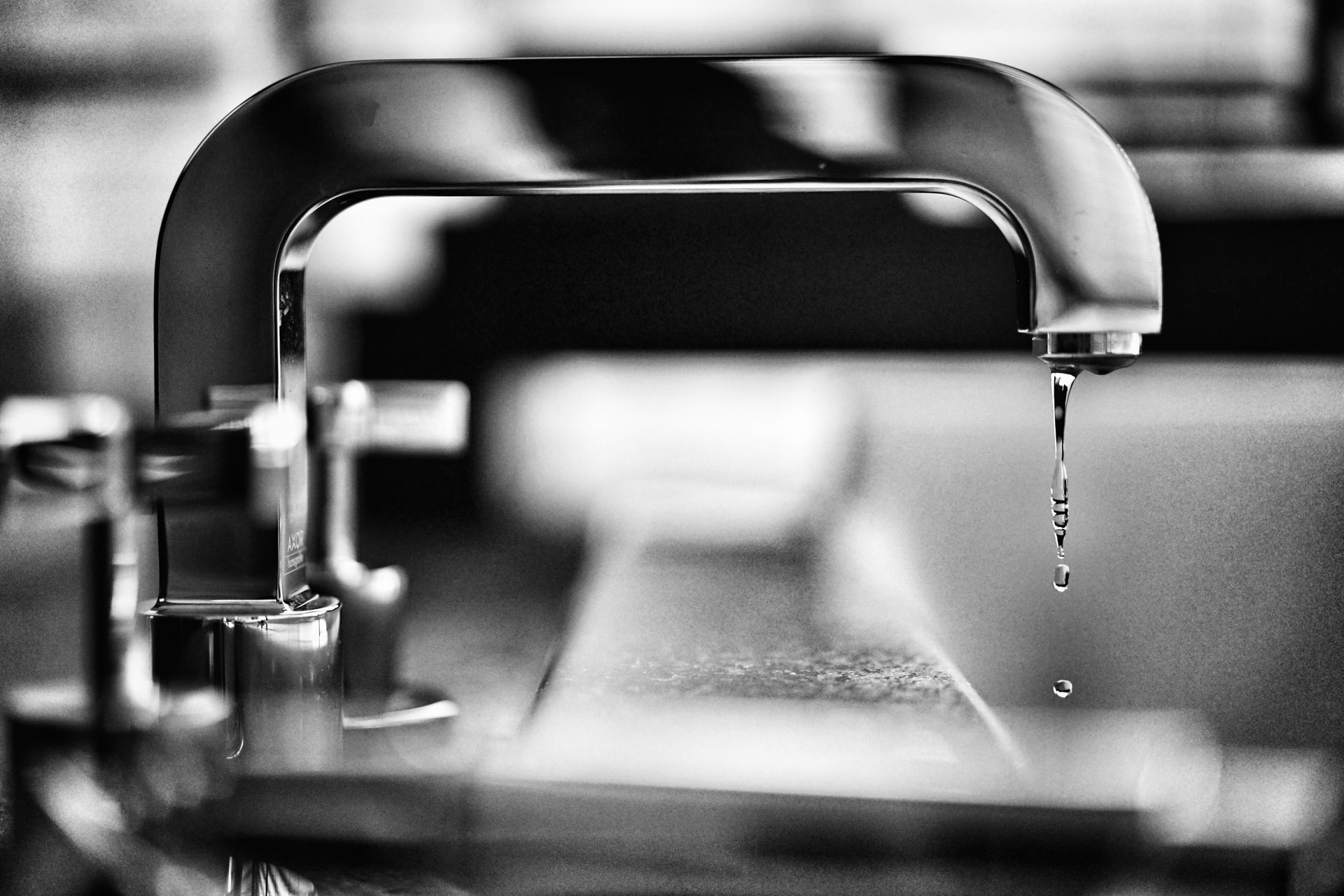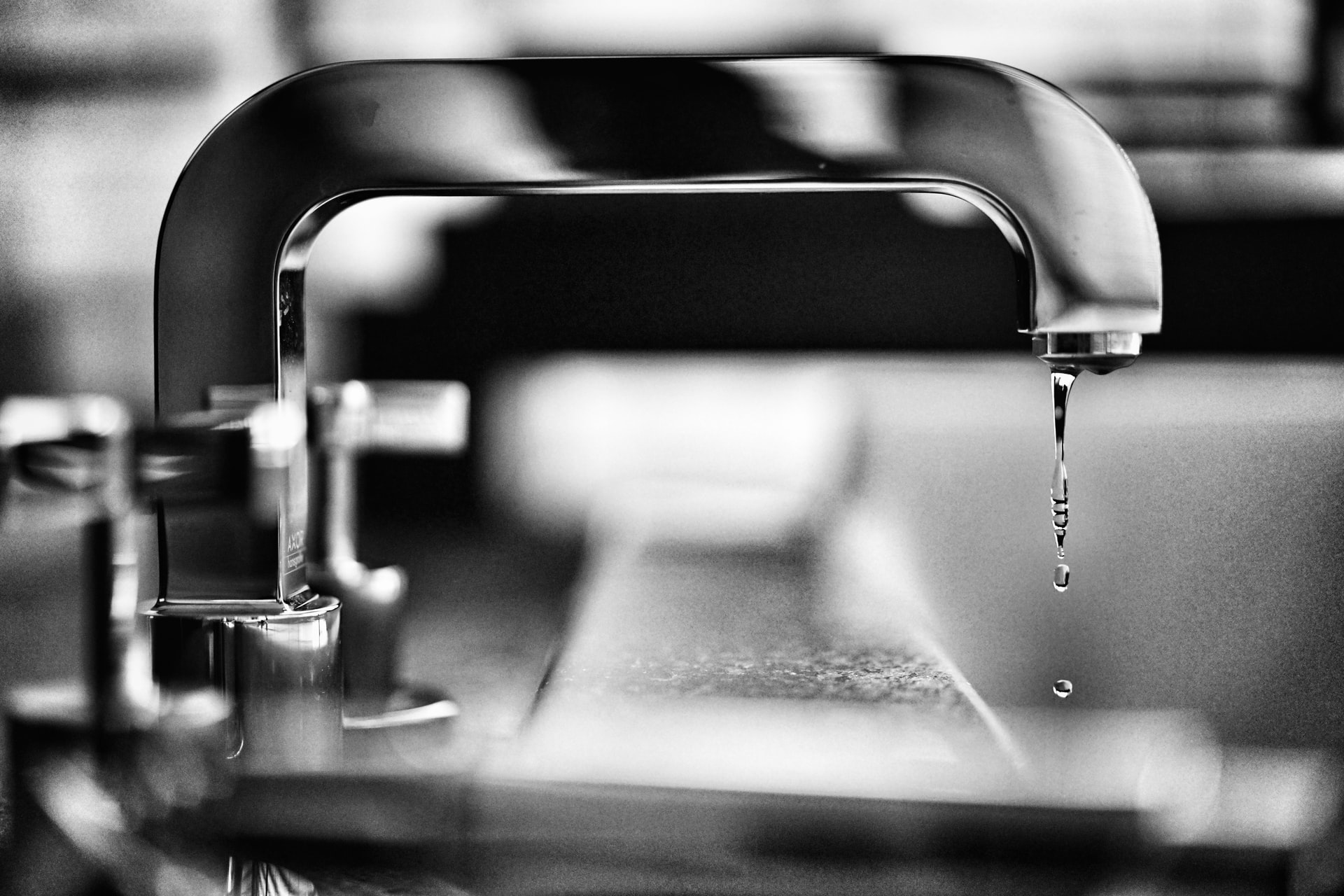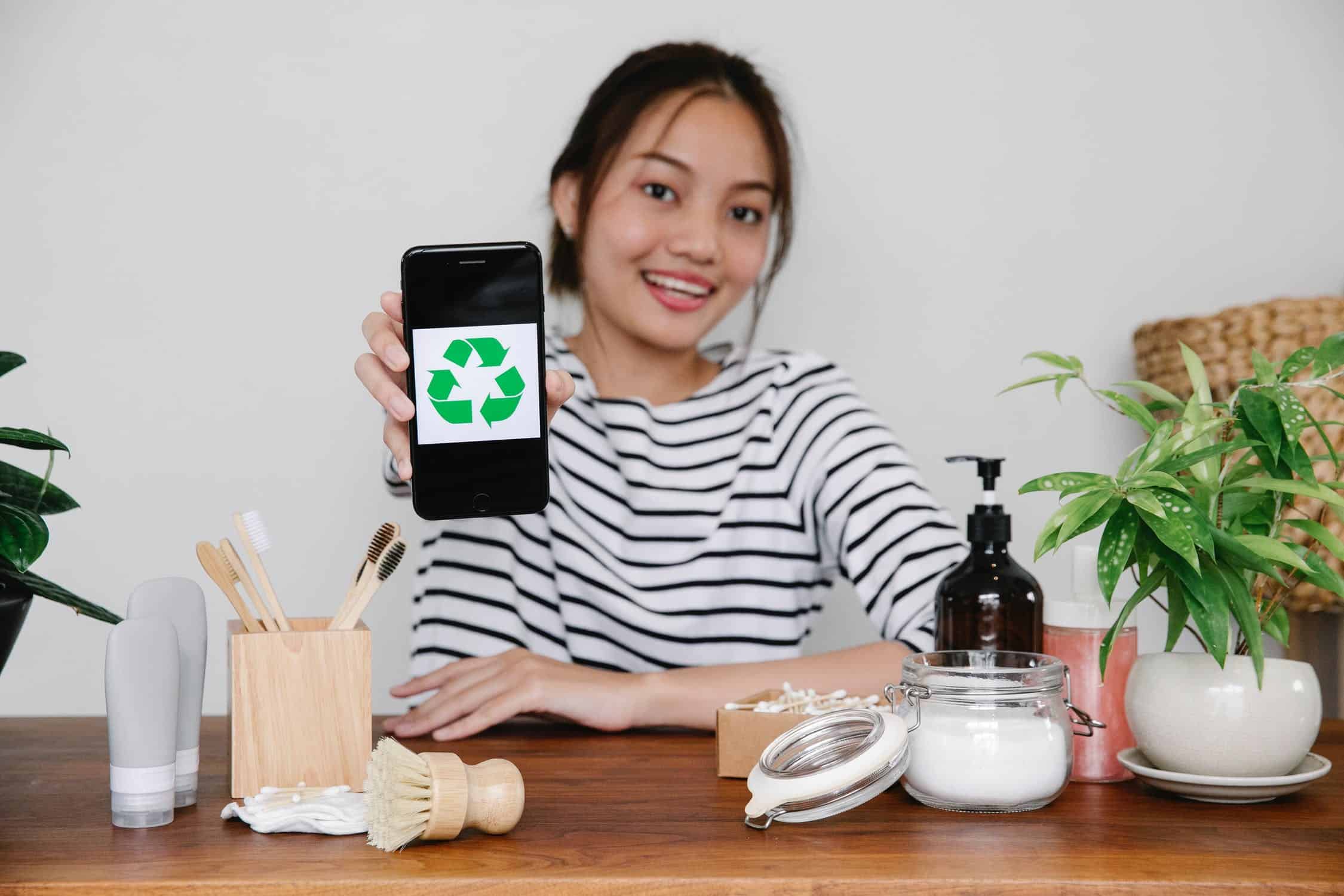
What Is Eco-Friendly Plumbing?

These days, homeowners are increasingly conscious of their impact on the environment. Many are making a concerted effort to adopt new, environmentally-friendly appliances and systems throughout their homes.
Solar panels and energy-efficient lightbulbs are probably the first things that come to mind when you think of eco-friendly changes you can make in your home. However, those technologies represent just a couple of the many options you have when going green.
There’s no better time than the present to adopt eco-friendly plumbing throughout your home, to reduce your water waste as part of a collective movement to preserve this precious resource. Read on to learn more about how eco-friendly plumbing works and how you can positively impact the environment by retrofitting your home to today’s sustainability standards.
Eco-Friendly Plumbing Basics
Each day, the average American family uses more than 300 gallons of water. That’s no small amount and lies far above the global average. Fortunately, there are ways to cut back on indoor water consumption, and two of the most impactful involve plumbing: low-flush toilets and water-efficient washing machines.
Before proceeding with any modifications, however, it’s a good idea to have your existing water pipes checked out. Steel and PEX pipes hold in heat well, reducing losses during winter months and boosting overall efficiency.
After an initial inspection, you can begin considering options like high-efficiency washers, which use less water than traditional agitator machines. Although their price tag is higher upfront, high-efficiency washers use between 33-80% less water than agitators do, resulting in increased energy savings in addition to water preservation.
Another energy-saving idea for your home is a tankless water heater, an appliance designed to heat hot water on demand. In contrast to traditional water heaters, tankless water heaters only heat water as needed rather than 24/7, thereby conserving energy. Tankless water heaters also have a longer lifespan than traditional options and can even last more than 20 years!
Alternatively, low-flush toilets, flow-optimized showerheads and faucets, and energy-efficient dishwashers are great ways to upgrade your existing fixtures, while making a big environmental impact. If you don’t feel comfortable upgrading every single one of your plumbing fixtures at once, you can gradually ease your way into the eco-friendly lifestyle.
A Note on Leaks
While there are tons of water-saving and energy-efficient initiatives you can take to upgrade your home, one of the simplest methods is to target energy inefficiencies at the source. Around 10% of American residential water usage is lost through leakage, which means getting your property inspected has the potential to save you hundreds on your annual utility payments.
The health risks involved with hidden water leaks can put your family’s well-being in jeopardy, and that’s not even mentioning the economic costs and environmental impact. That’s why leak detection is important in avoiding waste and creating a brighter, greener future.
The Impact
Water is an incredibly precious resource necessary for life, but experts from the United Nations anticipate that by 2030, “almost half of the world’s population will be living in areas of high water stress by 2030″.
Fortunately, small eco-conscious plumbing changes can make a big difference. The Environmental Protection Agency (EPA) estimates, if 1% of American households swapped out their old toilet for a more energy-efficient option, the nation would save enough electricity to power 43,000 households for a month.
Depending on the scope of your home upgrades, their impact will vary. In the agricultural industry, drip irrigation cuts water consumption by as much as 60%. That indicates when it comes to residential outdoor water usage, drip or sprinkler methods can make quite a big impact at the level of the individual homeowner. Indoors, you can cut back by reducing your average shower time and doing the laundry only when you have a full load, for instance.
However, small changes result in a widespread ripple effect when it comes to environmentally-friendly measures. Any change in habit or appliance is a step in the right direction.
Building a Sustainable Home Ecosystem
Now you should better understand the benefits associated with eco-friendly plumbing, so you don’t have to limit yourself to just plumbing upgrades. Although green plumbing is an essential component of a sustainable home, there are tons of home upgrades you can make for a more sustainable future. Whether you’re interested in investing in geothermal heating, or just want to find some simple DIY upgrades, you’re sure to find a project to improve your space and the environment.
Once you begin reaping the benefits of green living, chances are your eco-conscious home improvements will just keep piling on. Everyone learns how to go green in their own way, whether it’s through thrifting their unwanted clothes or buying responsibly sourced products. With a little research and dedication, you can make use of eco-friendly plumbing and other environmental initiatives to make a big impact on the planet.
3 Comments
-
Polestar
Speaking of eco-friendly plumbing fixtures, I would like to mention such a thing as low-flow showerheads. Although it’s more expensive than a traditional showerhead, it will definitely pay off as you will get a lower water bill when you invest in such an item. You also get to help the planet because your home won’t consume as much water once you have it installed.
-



ESCO
Thank you for covering such an important topic! Good tips here.